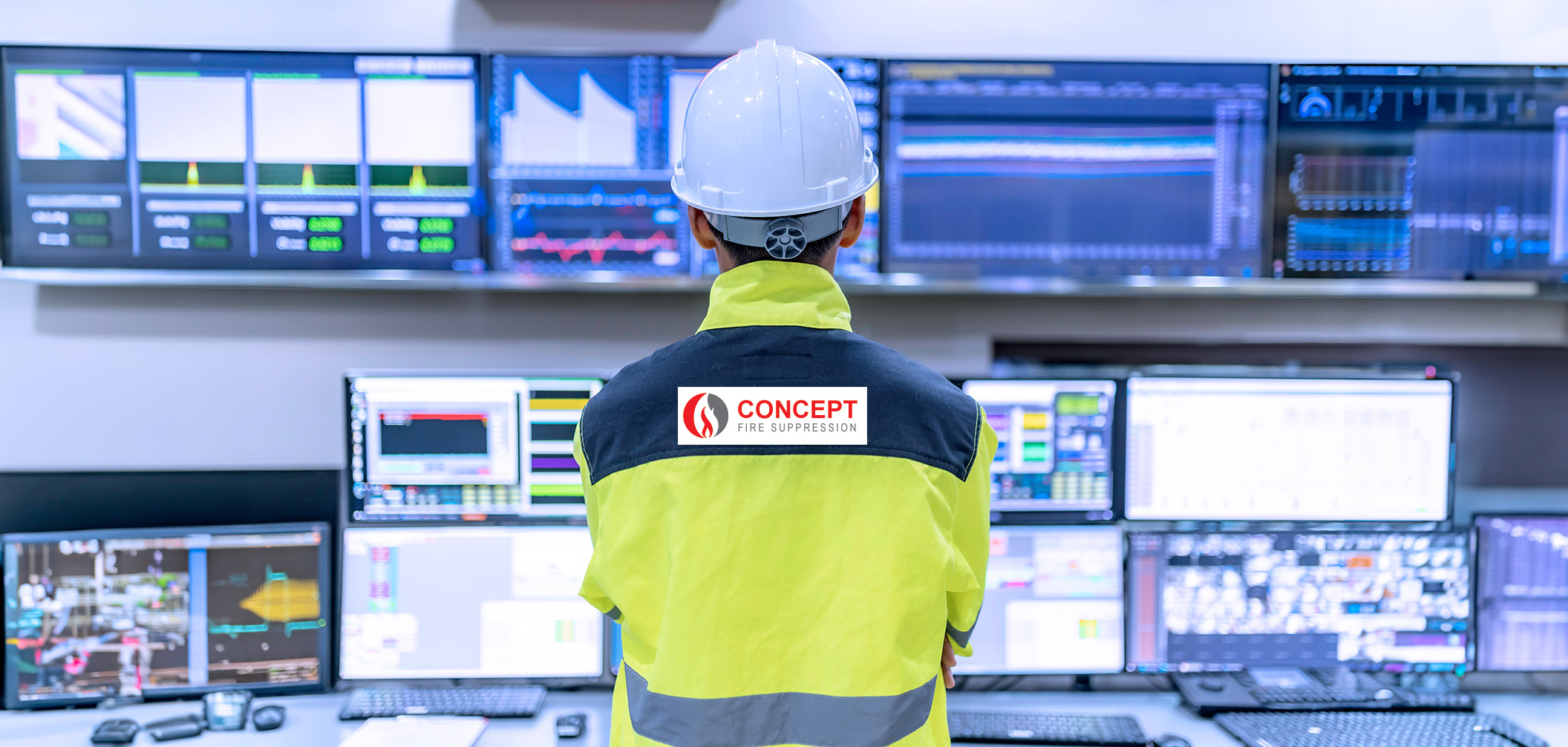11. Detecting Fires: The Role of Fire Detection in Suppression
Fire detection plays a vital role in fire suppression systems by providing early warning and triggering the appropriate response to mitigate the potential risks. Effective fire detection allows for timely action, minimising the spread of fire, reducing property damage, and safeguarding lives. Let’s explore the role of fire detection in suppression:
1. Early Warning:
Fire detection systems are designed to identify the presence of a fire at its early stages. Early detection provides crucial time for occupants to evacuate safely and emergency responders to initiate suppression efforts promptly. By detecting fires in their incipient stages, the potential impact and severity of the fire can be significantly reduced.
2. Types of Fire Detection Systems:
Fire detection systems employ various technologies and sensors to detect fires. Common types include:
– Smoke Detectors: These devices respond to the presence of smoke particles in the air, indicating the potential existence of a fire.
– Heat Detectors: Heat detectors are designed to detect rapid increases in temperature or reach a preset temperature threshold, signaling a potential fire.
– Flame Detectors: Flame detectors utilize optical sensors to detect the presence of flames, providing an additional layer of fire detection.
– Fire Alarm Systems: Fire alarm systems combine multiple detection methods and provide audible and visual alerts to occupants and emergency responders.
3. Location and Coverage:
Proper placement of fire detection devices is crucial to ensure optimal coverage and early detection. Fire codes and standards provide guidelines for the installation of detection devices based on the type of occupancy, hazard classification, and specific requirements. Strategic placement of detectors in areas such as corridors, rooms, ceilings, or near potential ignition sources enhances the system’s effectiveness.
4. Integration with Suppression Systems:
Fire detection systems are often integrated with fire suppression systems for seamless coordination. When a fire is detected, the detection system triggers the activation of the suppression system, deploying the appropriate suppression agents to suppress or extinguish the fire. This integration ensures a swift and targeted response, minimising fire damage and improving safety.
5. Monitoring and System Integrity:
Continuous monitoring of fire detection systems is essential to ensure their proper operation and reliability. Regular testing, inspection, and maintenance of detectors, control panels, and communication devices are crucial to identify any potential malfunctions or issues. Monitoring system integrity helps ensure that the detection system is always operational and ready to respond in case of a fire.
6. Advancements in Technology:
Fire detection technology continues to evolve, introducing advanced features such as intelligent analytics, video-based detection, and multi-sensor detectors. These advancements enhance the accuracy, speed, and reliability of fire detection systems, reducing false alarms and improving overall system performance.
Effective fire detection is a critical component of a comprehensive fire suppression system. By promptly detecting fires and initiating appropriate response measures, fire detection systems contribute to the protection of lives, property, and the environment.
In the next section, we will explore various fire suppression techniques, including water-based systems, chemical-based systems, and specialised suppression methods. Join us as we continue our journey through the world of fire suppression and its essential role in fire safety.
To go back and read again 10. Components of a Fire Suppression System: Key Elements Explained or to go forwards go to 12. Environmental Considerations in Fire Suppression: Eco-Friendly Solutions you will have to wait until tomorrow.
If you have any queries please contact us now!







